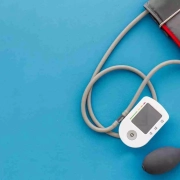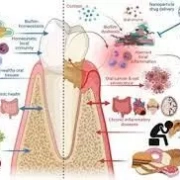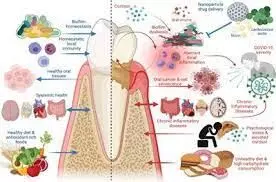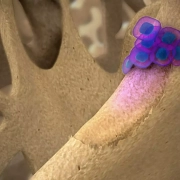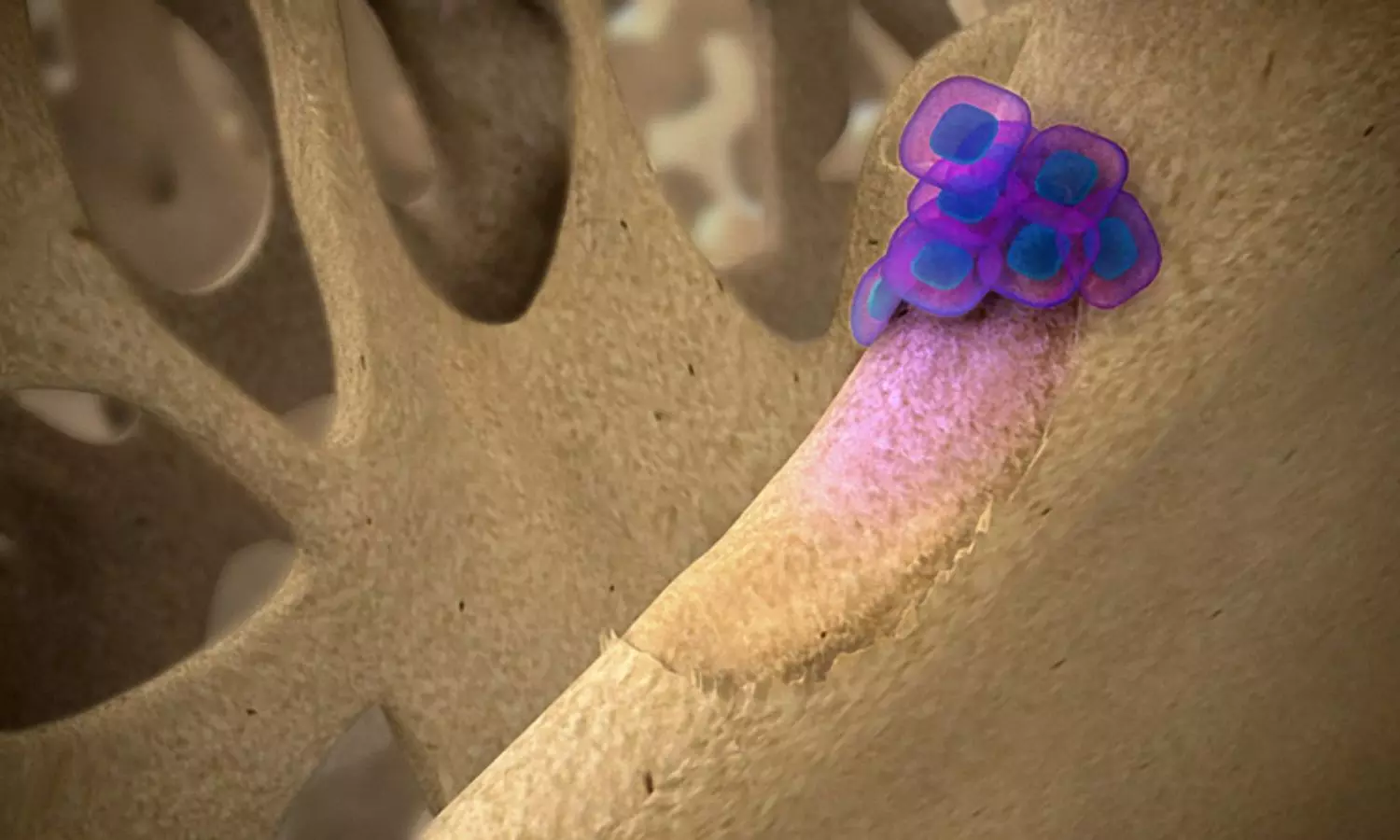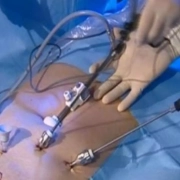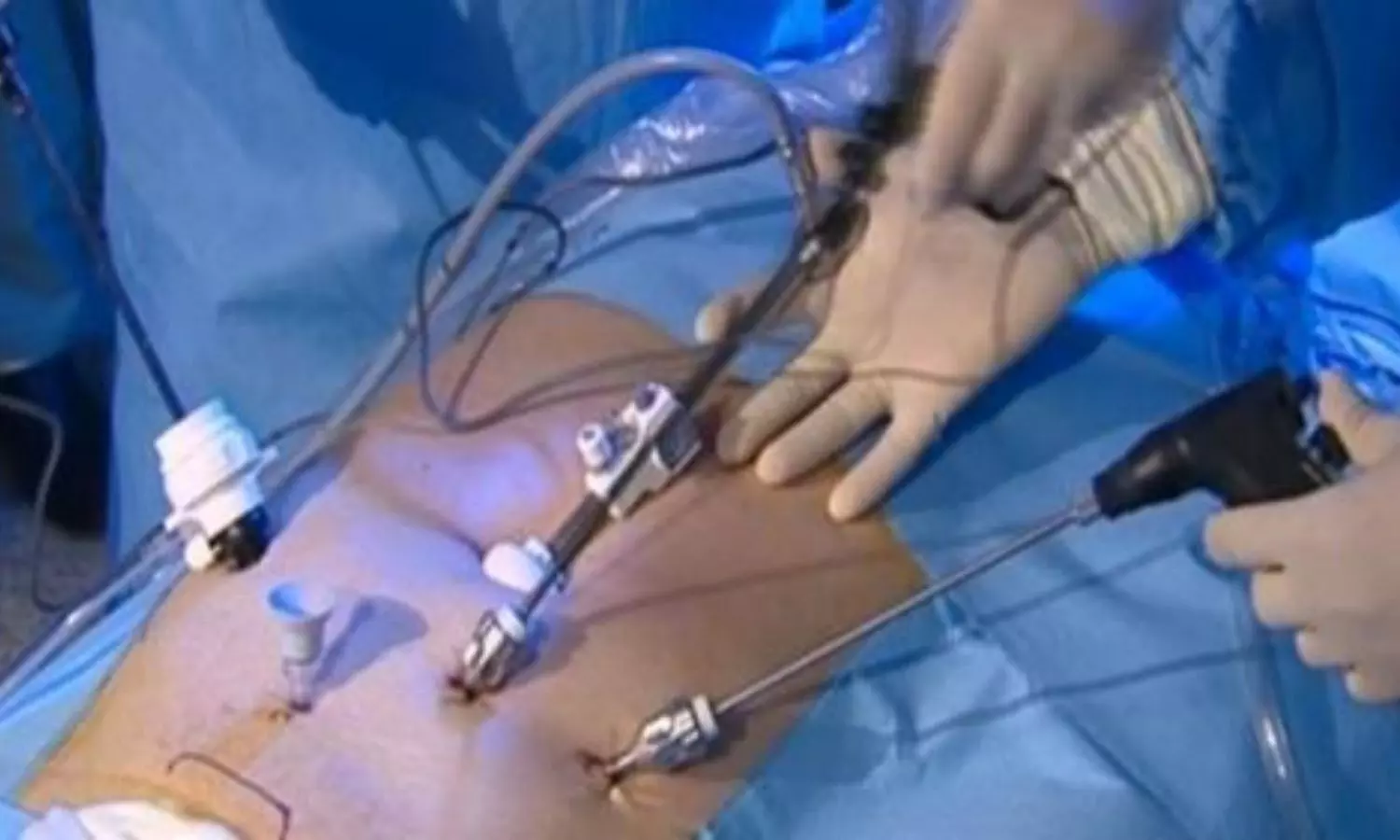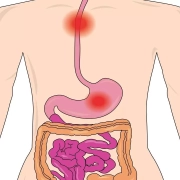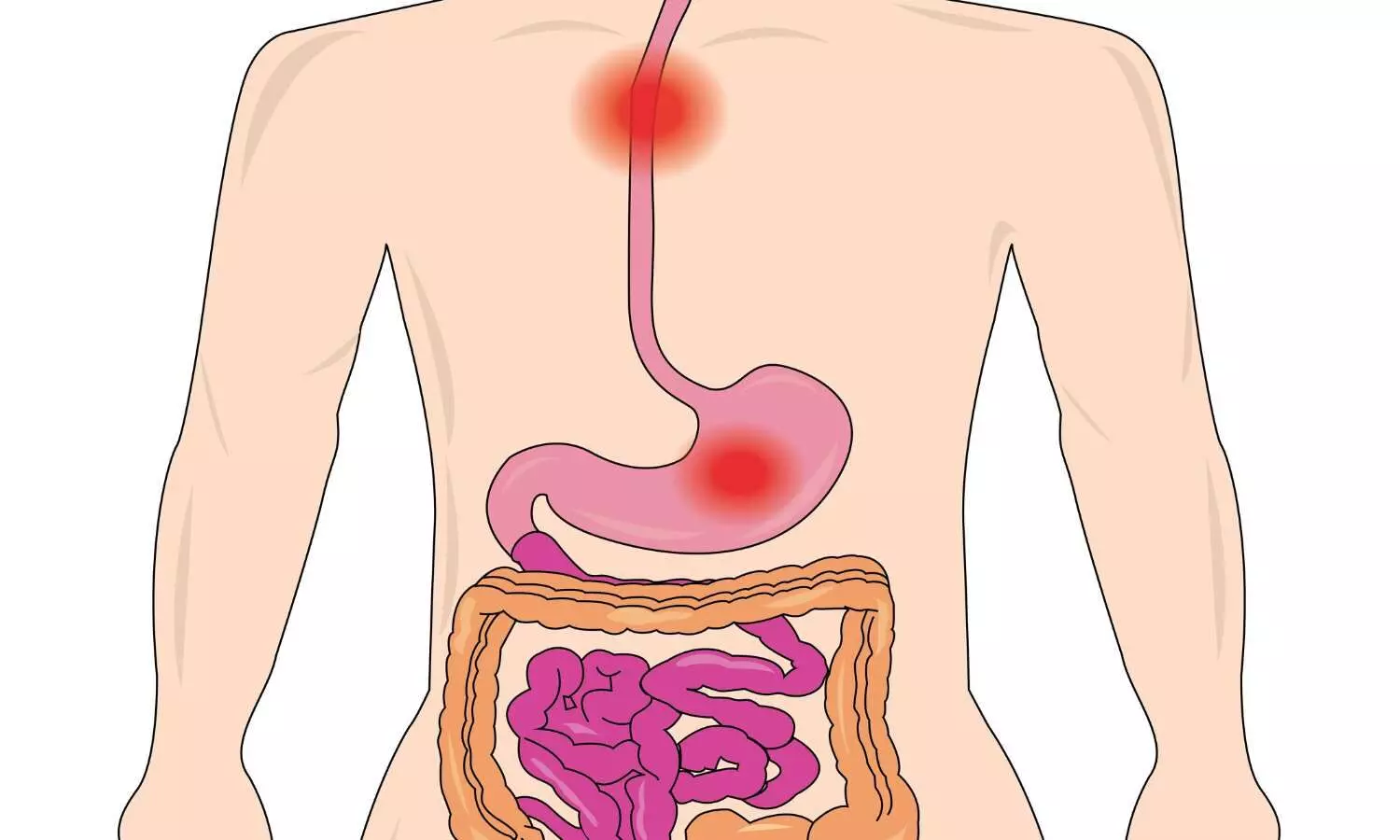Health coaching intervention may reduce sitting time and improve BP in older adults: JAMA
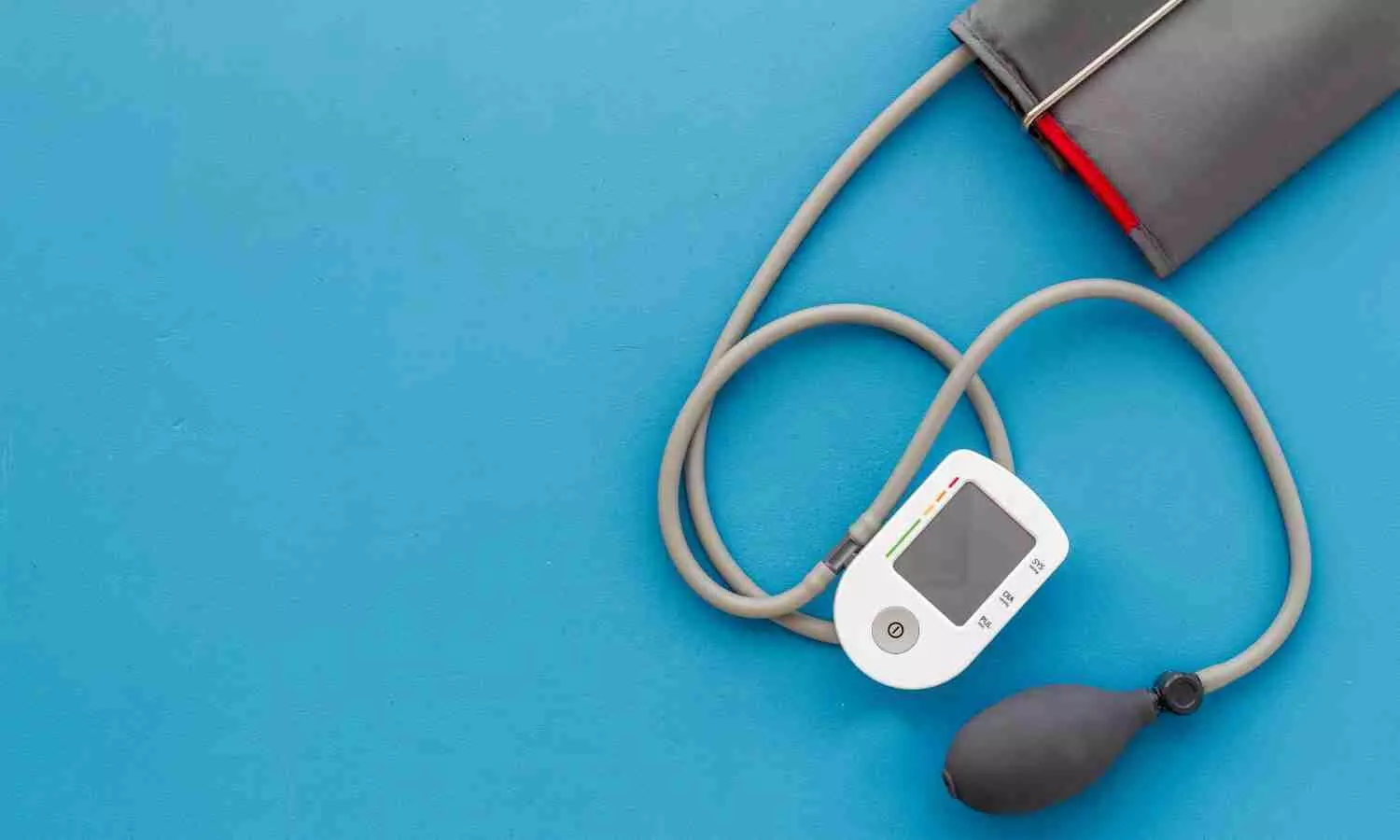
A new Kaiser Permanente study found that a health coaching intervention successfully reduced sitting time for a group of older adults by just over 30 minutes a day. Study participants also showed meaningful improvements in blood pressure, comparable to the effect of other interventions focused on physical activity.
The study was published in JAMA Network Open and included 283 Kaiser Permanente Washington members aged 60-89.
Older adults typically sit for between 65 and 80 percent of the hours that they are awake, and strong evidence shows that sedentary time is associated with health risks like heart disease and diabetes. In the study, sitting less throughout the day led to a mean change in blood pressure of almost 3.5 millimeters of mercury (mmHg), comparable to reductions of 4 mmHg found in studies of increased physical activity and 3 mmHg in studies of weight loss.
“Our findings are really promising because sitting less is a change that may be easier for people than increasing physical activity, especially for older adults who are more likely to be living with restrictions like chronic pain or reduced physical function,” said Dori Rosenberg, PhD, MPH, the lead author of the study and a senior scientific investigator at KPWHRI.
Participants in the intervention received a tabletop standing desk, an activity tracker, and 10 health coaching sessions over 6 months, where they set goals for reducing their time spent sitting. A second group also participated in health coaching, but their goals were focused on areas of health that were not related to standing or increasing activity.
Due to the restrictions of the COVID-19 pandemic, most of the health coaching sessions were delivered remotely. Even though many participants only had virtual sessions, they were still able to improve their sitting patterns.
Reference:
Rosenberg DE, Zhu W, Greenwood-Hickman MA, et al. Sitting Time Reduction and Blood Pressure in Older Adults: A Randomized Clinical Trial. JAMA Netw Open. 2024;7(3):e243234. doi:10.1001/jamanetworkopen.2024.3234
Powered by WPeMatico

